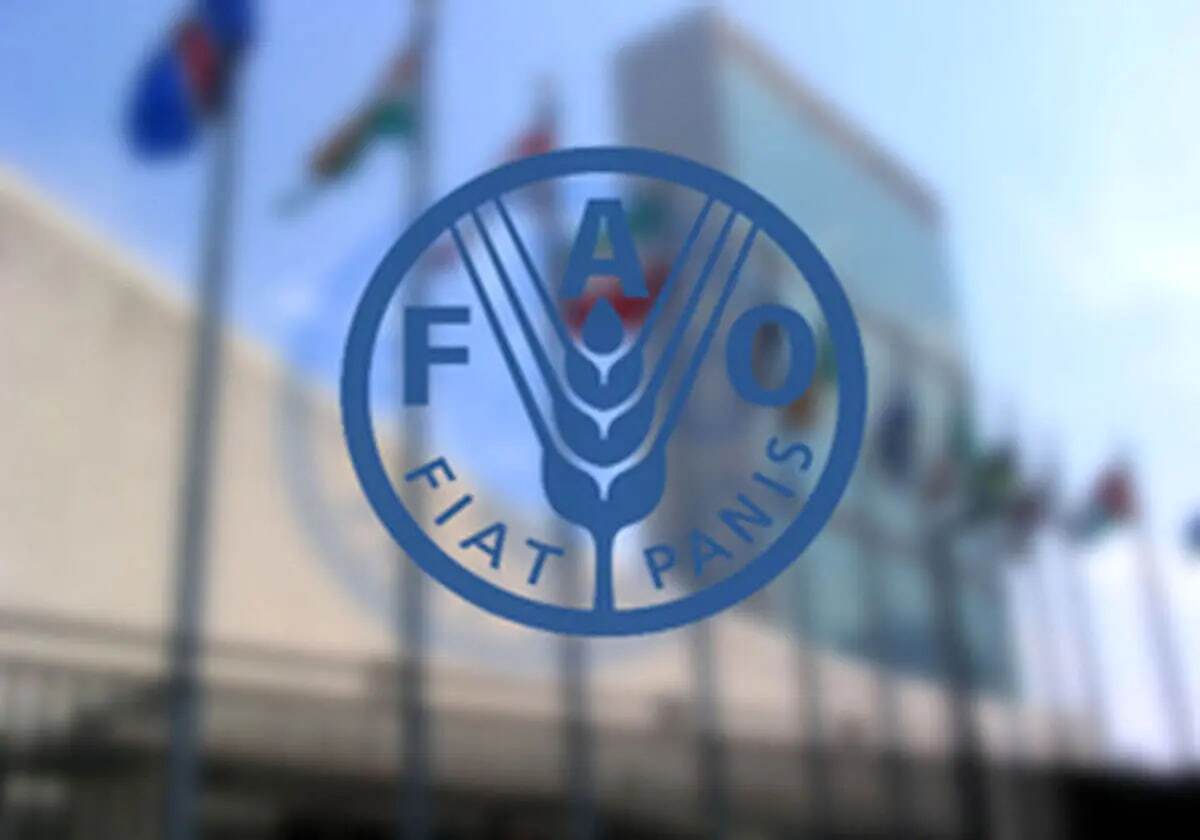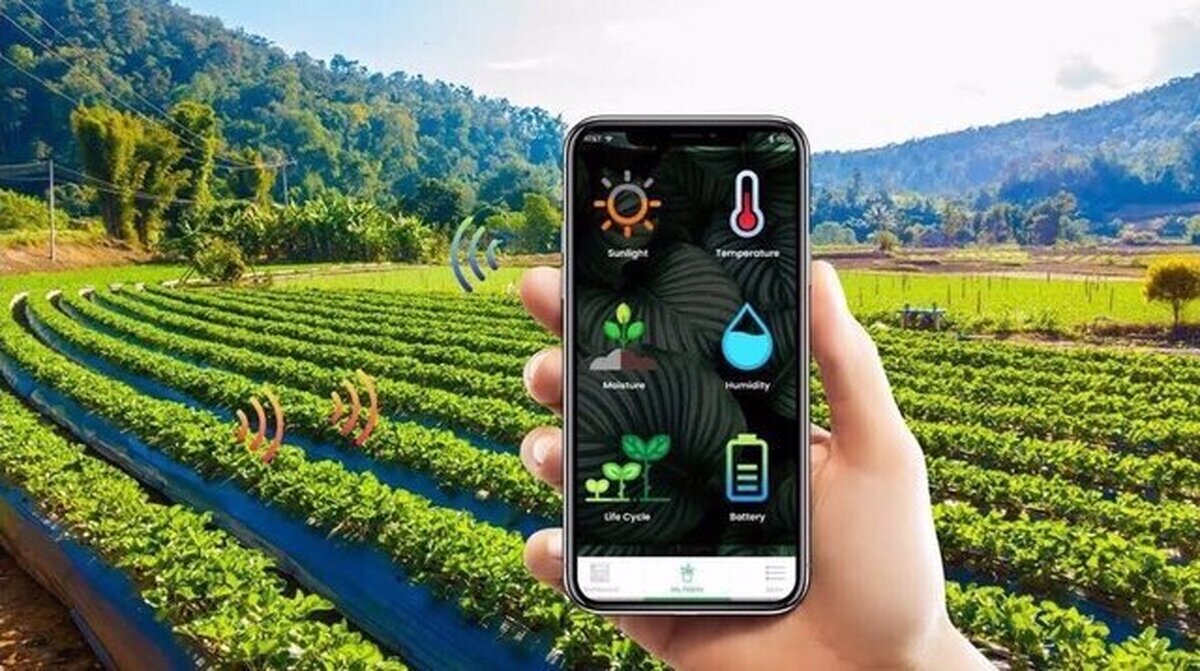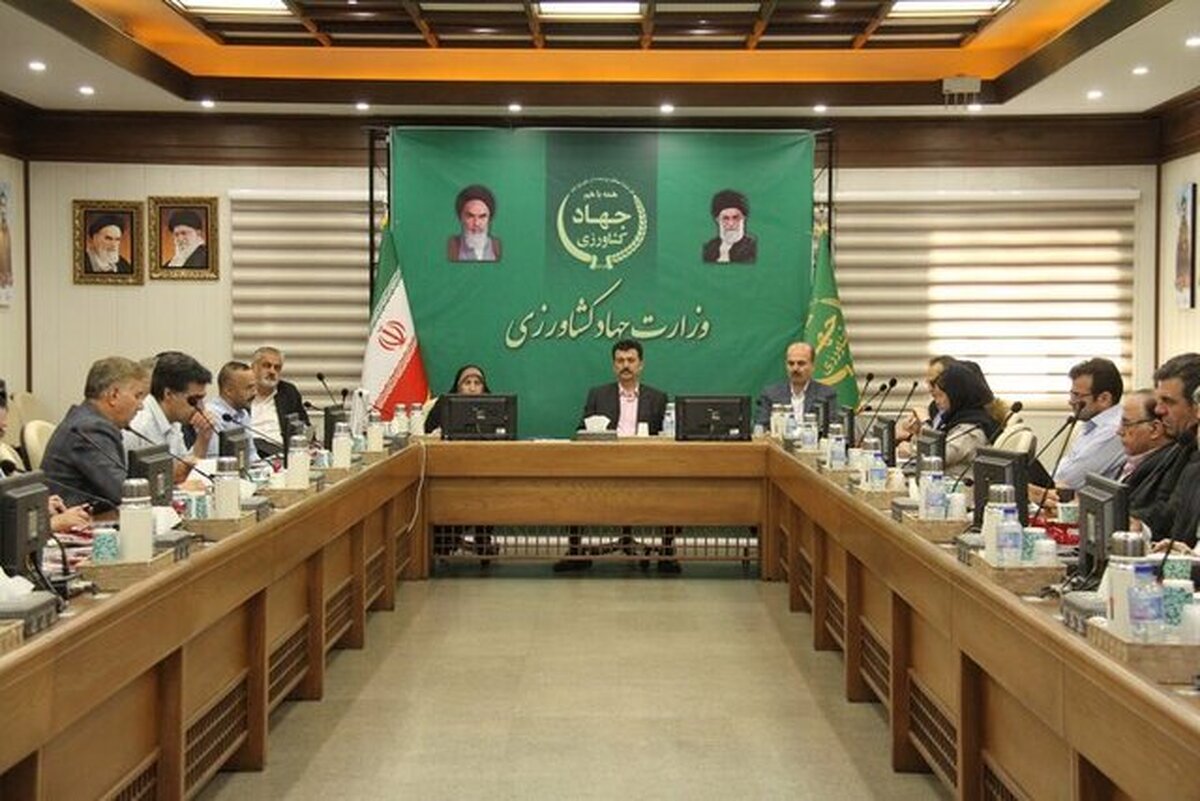
Iran’s agricultural renaissance with smart farming

Agriculture has been the backbone of Iran’s rural economy and a vital pillar of national food security for thousands of years.
Iran’s diverse climate and extensive arable land—spanning approximately 15 million hectares—position it as a potential agricultural powerhouse in West Asia.
Yet, despite this rich heritage and resource base, the sector faces significant challenges, including water scarcity, soil degradation, low productivity, and climate change effects, which threaten its sustainability.
In recent years, Iran has embarked on an ambitious journey towards modernizing its agriculture by embracing smart farming technologies.
Agriculture contributes substantially to Iran’s economy, supporting millions of livelihoods and ensuring food availability. However, traditional farming methods and fragmented supply chains have resulted in inefficiencies and low productivity.
Inflation and rising costs of staple foods—grains, pulses, fruits, and vegetables—have further intensified the need for innovation that boosts output while reducing inputs.
Smart farming integrates advanced technologies such as Artificial Intelligence (AI), the Internet of Things (IoT), drones, environmental sensors, Geographic Information Systems (GIS), and big data analytics.
These innovations allow for precision management of water, soil, fertilizers, and pesticides, dramatically improving yield and conserving scarce resources.
With Iran’s agricultural land distributed across varied climatic zones, the economic benefits of adopting these technologies are substantial.
Globally, nations like the Netherlands have demonstrated how smart farming maximizes yields from limited land, cutting water use by half and enhancing crop quality. Inspired by these successes, Iran is implementing pilot projects that showcase the potential of smart agriculture.
In Varamin, smart greenhouses equipped with humidity sensors and automated drip irrigation have reduced water consumption by 40%, tripling tomato yields compared to traditional methods.
The use of thermal imaging drones for early pest detection in saffron fields in Khorasan has decreased pesticide use and spraying costs by 25%.
Similarly, in Qazvin, digital farms have achieved corn yields of up to 8 tonnes per hectare—significantly higher than national averages—highlighting the profitability of smart technologies.
Moreover, the deployment of IoT sensors across 10,000 hectares in 100 smart irrigation networks has reduced water usage by up to 50% in wheat farms, simultaneously increasing yields from 4 to 6 tonnes per hectare.
In rice farms, this approach has cut pesticide consumption by 40%, producing healthier crops ready for export. In cornfields, it has boosted yields by 25% and reduced water use by 35%.
Drones have revolutionized pest control, planting, and mapping. For example, saffron growers have cut pesticide costs by 60% and shortened spraying times from days to hours using drone technology.
In mountainous regions of Kurdistan, drones have facilitated the planting of medicinal plants in hard-to-reach areas, enhancing agricultural diversity.
Smart greenhouses regulate climate variables automatically, ensuring stable year-round production. Strawberry yields have jumped from 10 to 25 tonnes per hectare, while cucumber greenhouses have cut water use by 60%, created 50 sustainable jobs for youth, and turned farming into a profitable, continuous business.
Smart farming’s economic advantages extend beyond yield increases. By optimizing resource use, input costs—especially for water, fertilizers, and pesticides—are significantly lowered, improving farmers’ profit margins.
Reduced production costs can stabilize or even decrease consumer prices, enhancing food affordability. Enhanced productivity and quality will also boost Iran’s competitiveness in international markets, reducing dependency on imports and potentially increasing exports.
Environmentally, smart agriculture addresses Iran’s critical water scarcity and land degradation issues. Automated irrigation systems and AI-driven climate forecasting minimize waste, prevent overuse of inputs, and reduce environmental damage.
For instance, predictive AI models enable farmers to plan planting and harvesting in line with weather forecasts, minimizing losses due to extreme conditions.
One notable innovation blending traditional knowledge with modern science is the rice-duck farming system, recently trialed in Iran. This method, originating in Japan, uses ducks in rice paddies to naturally control weeds and pests, oxygenate soil, and reduce chemical use.
The uniquely webbed shape of duck paws allows them to move effortlessly through flooded fields without damaging the delicate rice plants. As ducks forage, their natural behavior helps control weeds and pests by eating insects and unwanted plants, reducing the need for chemical herbicides and pesticides.
It enables farmers to grow organic rice while simultaneously harvesting duck meat, diversifying income and enhancing sustainability. This integrated approach exemplifies how Iran can innovate while respecting ecological wisdom.
Meanwhile, Iranian farmers often receive a small fraction of final retail prices due to multiple intermediaries. Blockchain technology can revolutionize supply chain transparency, tracing products from farm to market, ensuring quality, and reducing middlemen. This promises fairer farmer incomes, lower consumer prices, and greater trust in Iranian agricultural products.
Despite encouraging progress, smart farming adoption in Iran is nascent, with a penetration rate of just 7%.
With sustained political will and investment, Iran aims to smarten 40% of its farms by 2045, potentially tripling production and halving water use. This green revolution can transform Iran into a leading exporter of organic and sustainable agricultural products.
Moreover, this transformation will foster rural development, create new jobs, and enhance living standards, contributing to economic diversification and resilience.
Iran stands at a crossroads where tradition meets cutting-edge technology. The adoption of smart farming is reviving its agricultural sector, guaranteeing food security, and positioning the country as a key player in the global agricultural market./isna



